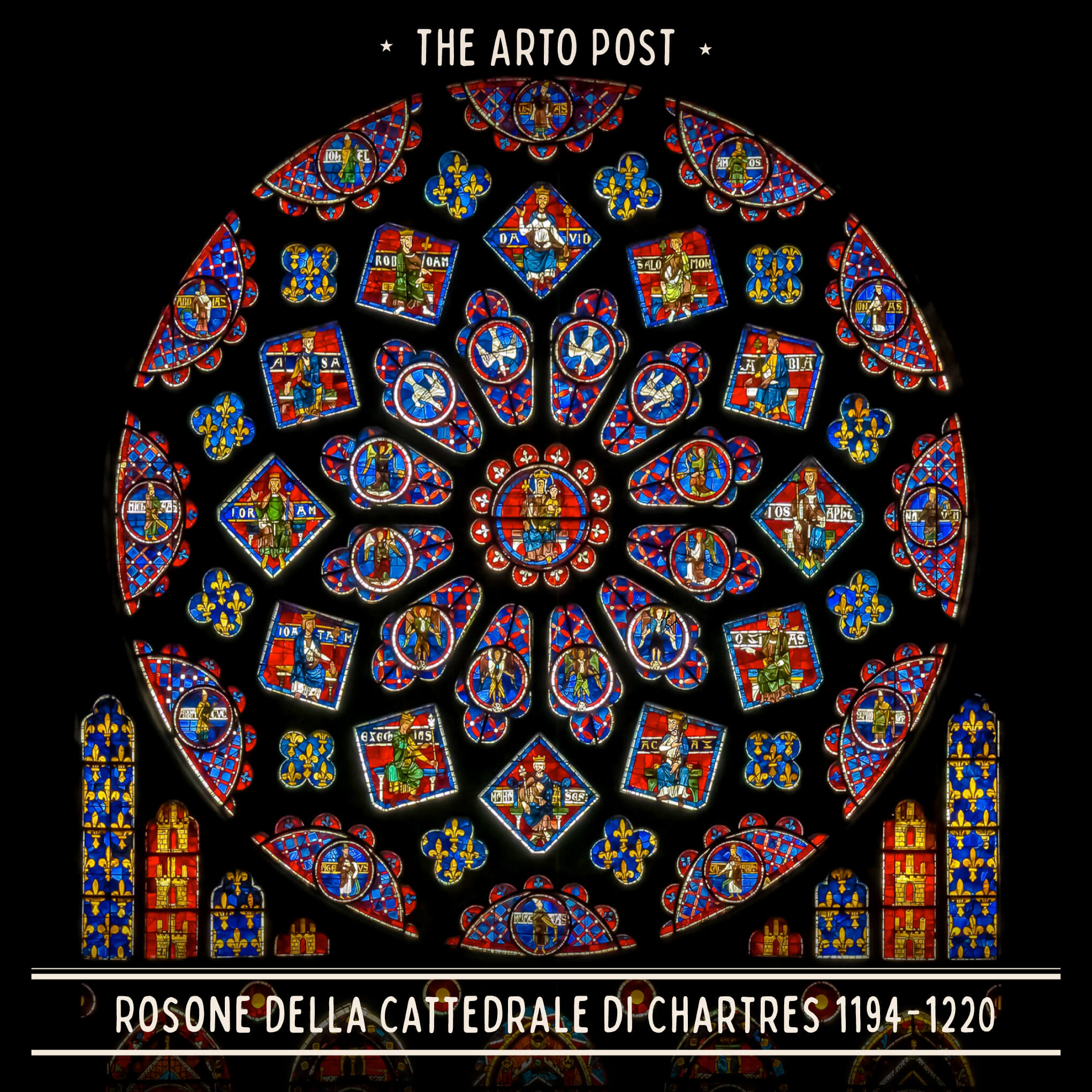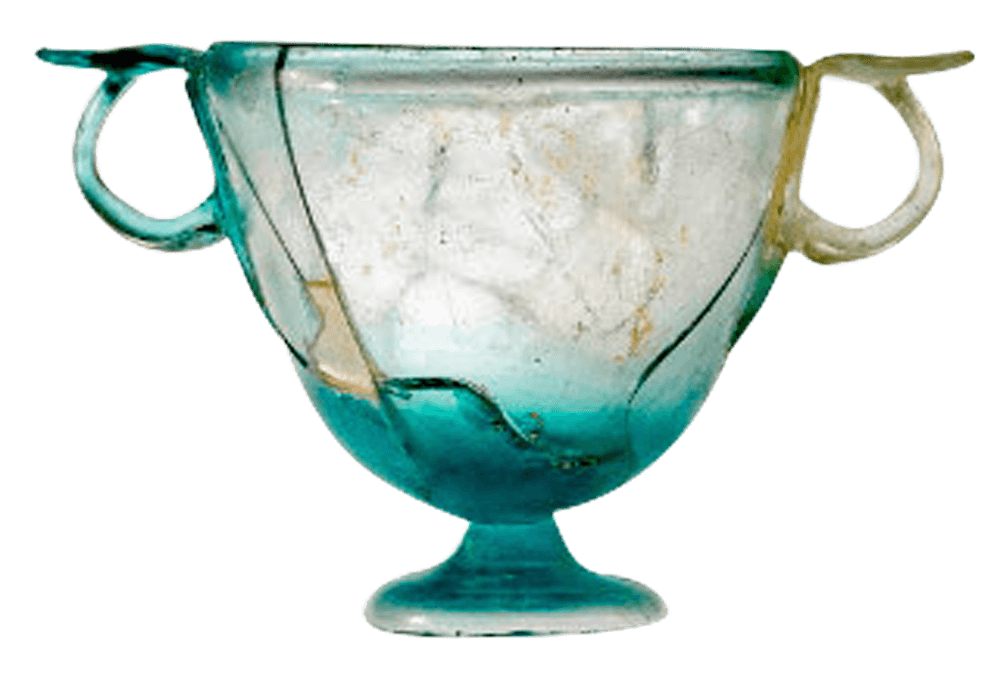The invention of glass

According to an ancient legend, glass was invented in Syria by some Phoenician merchants who, in order to make a campfire, used blocks of saltpetre which, melted by heat and mixed with sand, gave rise to this material. Egypt, Syria and Mesopotamia were the first centers where glass was used, but it was the Romans who reached excellent levels of production.

The Middle Ages saw a turning point with the invention of crystalline glass by Angelo Barovier of Murano. For the first time in history, glass was transparent.
Master glassmakers created magnificent stained glass windows that replaced and illuminated the walls of cathedrals, transforming them into true treasure chests of light.
The rose window, the round window that had already appeared in Romanesque churches around the year 1000, became a true masterpiece.
A kaleidoscope of colors, it served not only to decorate the façade, but also to illuminate it and to let light into the nave; its shape and beauty also represented the perfection of creation.
Not only that, but on a symbolic level, the light, symbol of God, entered the church, as well as the hearts of the people, through small openings and immediately spread, causing wonder and amazement.
This and other interesting facts can be found in the Art and Science album.
Explore the Art and Science album!